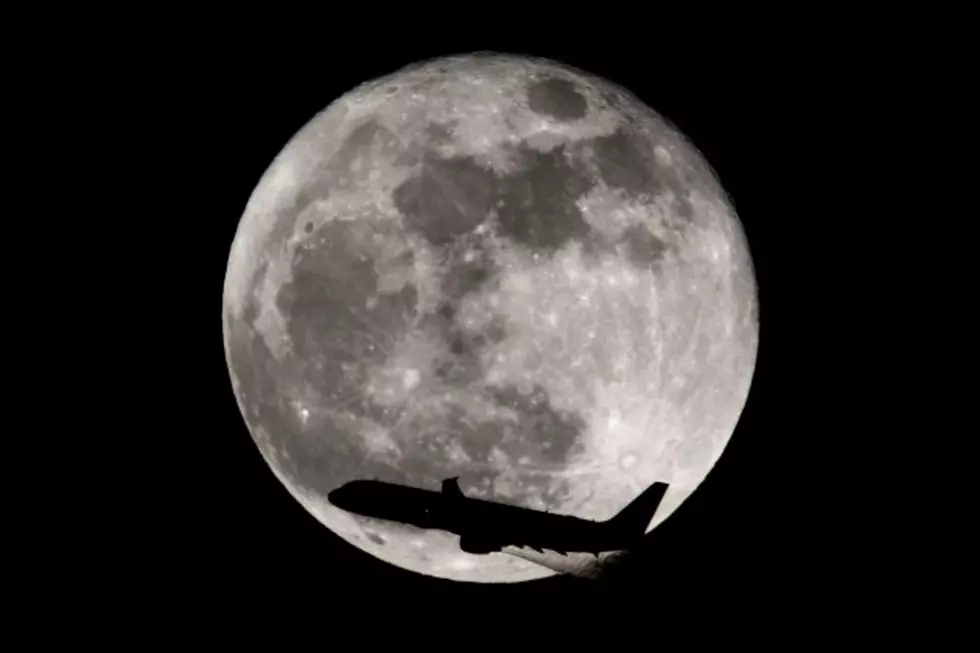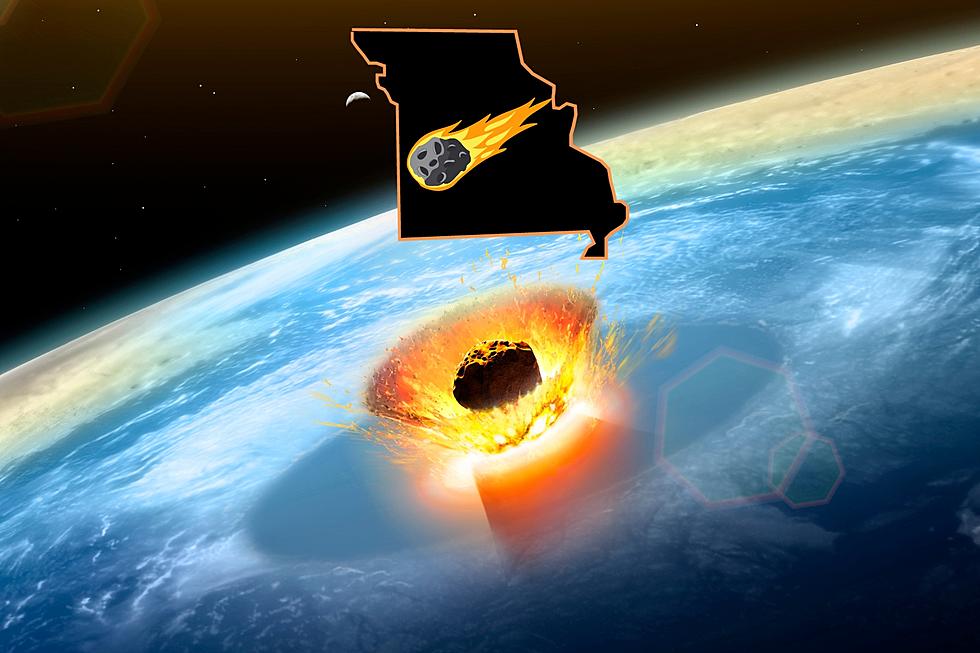
Why is The Full Moon Called a ‘Blue Moon’ when it Isn’t Blue?
Have you taken the time to look at that great big "Blue Moon" each evening rising in the eastern sky the past two days? By definition a "Blue" moon is the term for a second full moon within one calendar month. With the first full moon of this month occurring on July 1 and this one on the 31st, it qualifies as a "Blue" moon.
Don't let the name fool you, though. Blue moons are very rarely blue. Most are pale gray and white, resembling a moon on any other night. A truly blue colored moon can occur on rare occasions, according to NASA, with most being spotted after volcanic eruptions.
The term Blue Moon was originally assigned to the third full moon in a four moon season (with season being winter, spring, summer, and fall), but after a mix up in "Sky & Telescope" Magazine in 1943, the term took on a different meaning. An article in the magazine incorrectly defined a blue moon as the second full moon in a single month, but that definition has stuck over time and the initial definition has faded from the memories of most.
I, for one, had never heard of the third full moon in a four moon season definition until now. By the way, each month's full moon has a different name with the full moon on July 1 called the "Buck" moon. For what it is worth, the next "Blue" moon will not take place until October of 2016. That's probably more lunar information than you wanted but now you know.
More From 100.9 The Eagle, The Tri-States' Classic Rock Station









